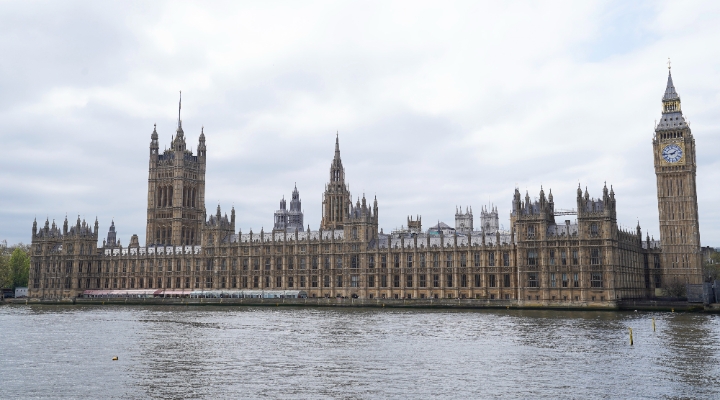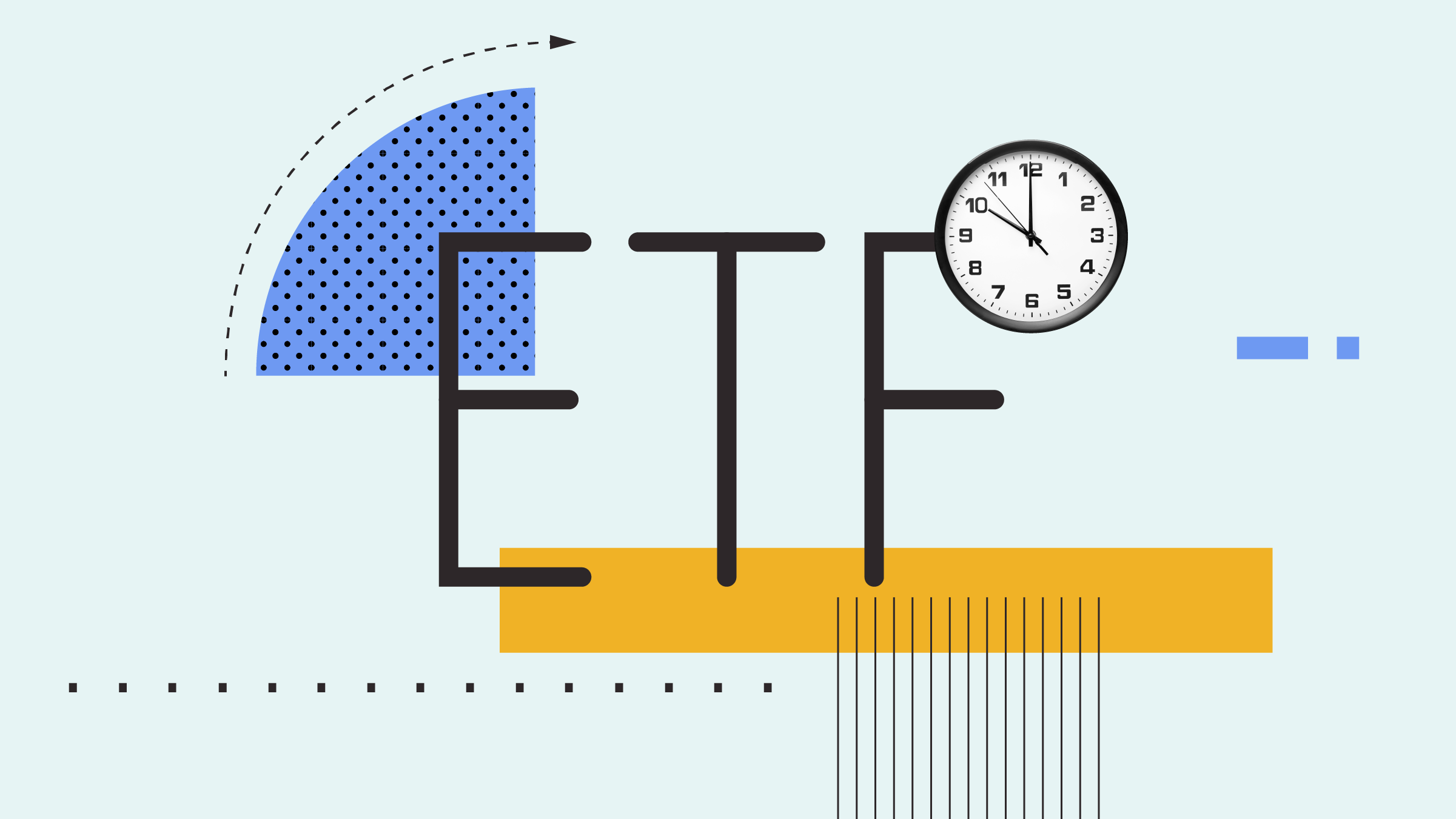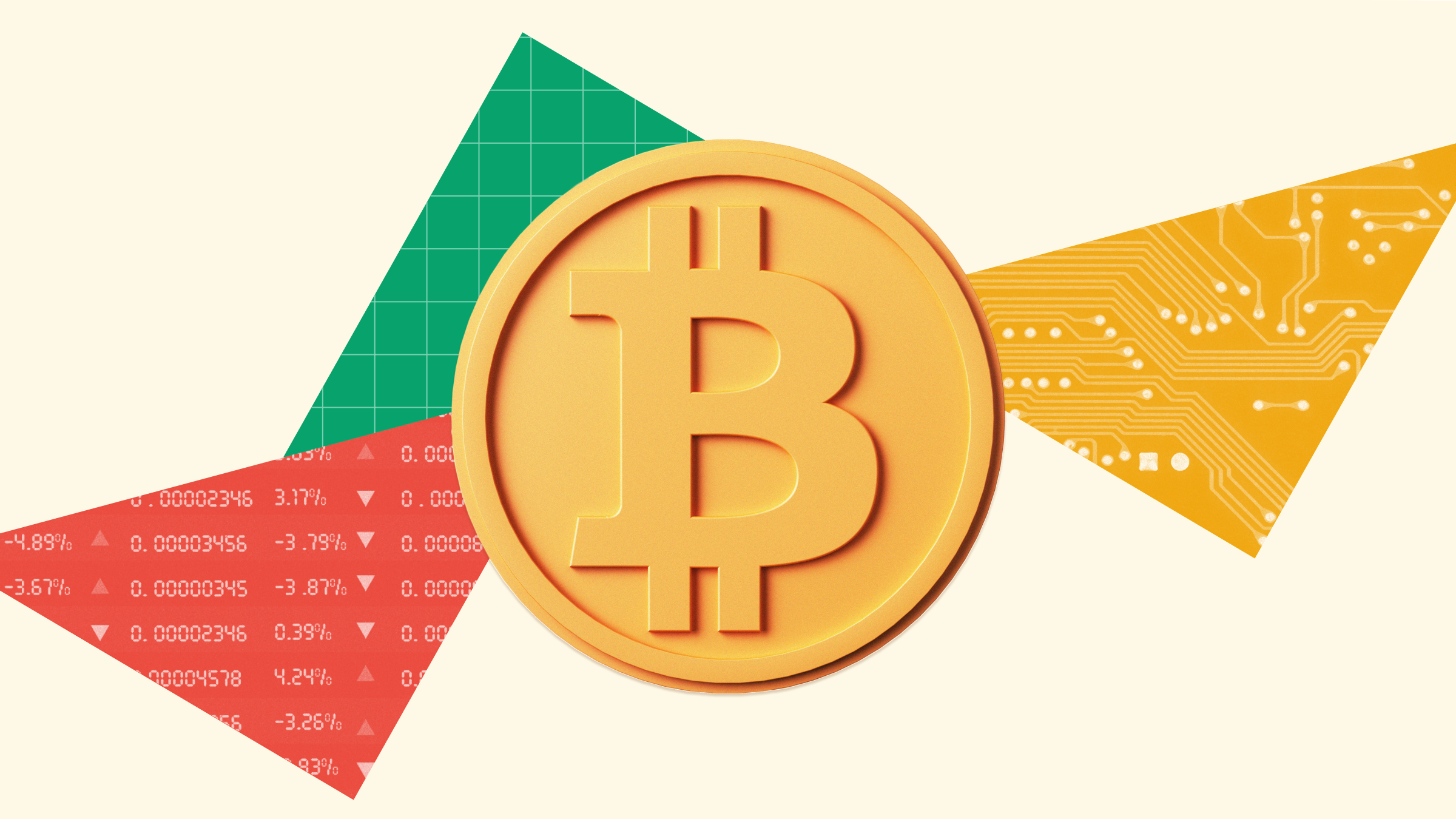
Despite a GDP slowdown in the third quarter of 2021, along with rising concerns around inflation and the new omicron coronavirus variant, we think the US economic recovery is far from over.
Annualised US real GDP increased just 2% in the third quarter of 2021, the slowest rate so far in the economic recovery. An abrupt drop in consumer goods spending (especially vehicles have been subject to severely reduced supply) drove this slowdown. The rebound in consumer services also slowed because of the rise in coronavirus cases caused by the delta variant.
Inflation in 2021 has spiked to its highest rate in decades. However, we neither see this as a threat to the economic recovery nor a harbinger of elevated long-term inflation. Durable goods (namely vehicles) along with energy are driving the bulk of US inflation, but we expect these factors to be resolved as supply catches up with demand. The unwinding of price spikes in these categories should drive large deflationary pressure.
We project inflation to drop to 3% in 2022 and average just 2.2% over 2022-25 as a whole. This is below consensus, which we think is overreacting to near-term developments. Even if supply constraints drag on longer than we expect, we believe the Fed is able and willing to tame any persistent inflationary pressure.
Our GDP forecast for 2022 (3.9%) is about in line with consensus. We haven't significantly altered our GDP forecasts in response to the omicron variant. While omicron is likely to produce a surge in cases sometime in the first quarter of 2022, the increase in severe illness should be more muted. Furthermore, if omicron turns out to be a highly contagious yet mild variant, it could help usher in a complete return to normal.
Over the medium to long run, the question of economic growth hinges on the supply side of the economy. We're about 2% above consensus on GDP growth through 2025, reflecting our views on the supply side. We think the US economy was operating below its potential even prior to the initial spread of coronavirus in 2019. In particular, labour force participation was still running below its long-run trend, owing to the lingering impact of the great recession. However, we think exceptionally tight labour markets in the next few years will give discouraged workers the opportunity to re-join the workforce.





























